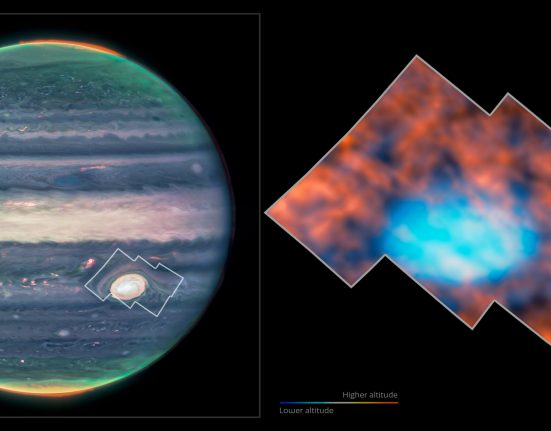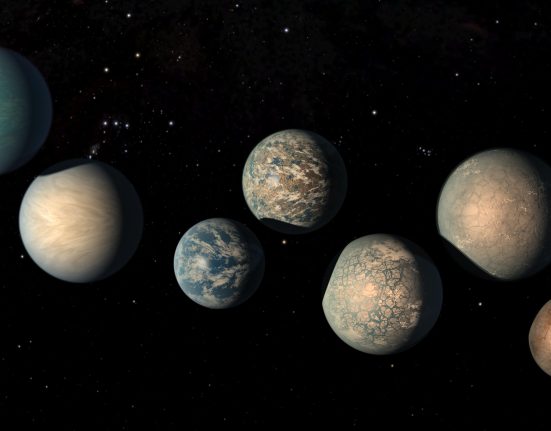
SpaceX on Saturday completed the launch of its first Starlink mission from Cape Canaveral Space Force Station in more than two weeks. The last time the company attempted to launch the Starlink 10-2 mission, it ran into a rare problem when the Falcon 9's first stage Merlin engines began firing.
Liftoff of the rescheduled flight occurred at 1:15 p.m. EDT (1715 UTC), the opening of a nearly four-hour window, from Space Launch Complex 40. The mission also marked the first time SpaceX launched one of its payload fairings for the twentieth time.
The activity in the tropics created some uncertainty for the launch from a meteorological perspective, but was not prohibitive for the launch. On Saturday, June 22, the 45th Weather Squadron issued a launch weather forecast suggesting only a 50 percent chance of favorable launch weather at the opening of the launch window.
Prior to the start of fueling, SpaceX stated on X (formerly Twitter) that the weather improved to 70 percent favorable for launch.
“Deep tropical moisture will remain entrenched across the Florida peninsula into early next week and, as a result, numerous showers and storms can be expected each day, heavily favoring the afternoon and evening hours,” the forecast said. .
“While atmospheric flow will remain weak enough to allow daily sea breeze development, an incoming trough will likely cause a delay in formation and westward progression for Monday and Tuesday, with initial development of the storm closer to the coast on those days.
The Falcon 9 first stage booster supporting this mission, B1078, was launched for the 11th time. It previously launched astronauts and cosmonauts from the Crew-6 mission, the USSF-124 mission, and seven previous Starlink flights.
Fairing separation confirmed. Today's mission marks our 20th first half-faired flight! pic.twitter.com/dV7zZEhwU4
-SpaceX (@SpaceX) June 23, 2024
Just over eight minutes after liftoff, B1078 landed on the SpaceX spacecraft, 'A Shortfall of Gravitas'. This was the 75th booster landing for ASOG and the 321st booster landing to date.
However, B1078 was not always the intended booster for this mission. The original flight plan had B1073 as the first stage booster. However, the booster was changed after a last-second cleanup on June 14.
SpaceX has not provided further details on the issue or issues that caused the problem during engine firing, but in a June 15 post on X (formerly Twitter), Kiko Dontchev, SpaceX vice president of launch, said: “Week difficult to deal with production challenges. and then a strange cleaning when starting the engine yesterday on 10-2. “Unfortunately, there is a real problem, so we need to closely inspect the hardware of this vehicle… It's painful, but safety and reliability are the priority.”
Here are moments before the engine ignition and final abort of Starlink 10-2 at time T-0.
Look: pic.twitter.com/a8wVmKFr9x
– Spaceflight Now (@SpaceflightNow) June 14, 2024
This was the 45th launch of Starlink satellites so far in 2024 and another is planned for Sunday night, launching from Vandenberg Space Force Base at 8:45 p.m. PDT (11:45 p.m. EDT , 0345 UTC).
Starlink 10-2 added another 22 satellites to the growing megaconstellation. With this launch, SpaceX has launched 1,007 Starlink satellites this year alone.
According to expert astronomer and orbital tracker Jonathan McDowell, there are more than 6,000 active Starlink satellites in orbit.
Falcon Heavy prepares to fly again
As SpaceX prepares to launch a pair of Falcon 9 rockets on both sides of the country in Florida, it is also working with NASA and the National Oceanic and Atmospheric Administration (NOAA) to launch a new weather satellite on June 25 at 5 :16 pm. EDT (2116 UTC).
NASA's Launch Services Program (LSP) contracted SpaceX to launch the latest satellite in the Geostationary Operational Environmental Satellites-R (GOES-R) series. NOAA describes them as “the most sophisticated climate observing and environmental monitoring system in the Western Hemisphere.”

In an interview with Spaceflight Now on Friday, NASA launch director Dr. Denton Gibson said the launch team will monitor the weather over the next few days.
“We have some plans to make or decisions to make in terms of when we will launch the vehicle and before we make all of our final preparations for launch,” Gibson said.
NASA and SpaceX are preparing to launch a Falcon Heavy rocket in support of the NASA/NOAA GOES-U weather satellite mission. On Friday we spoke with Dr. Denton Gibson, the @NASA_LSP Launch Director on what he and his team will do between now and the planned launch day on… pic.twitter.com/RCVV2ecFHi
– Spaceflight Now (@SpaceflightNow) June 22, 2024
He said they would make a decision on whether a launch of the Falcon Heavy rocket from the hangar to the pad would make more sense on Sunday or Monday.
The Falcon Heavy has a backup launch date of June 26, but if it misses that date, Gibson said talks would need to be held with Eastern Range before a new date could be booked.
See live views of the Falcon Heavy launch pad.













Leave feedback about this